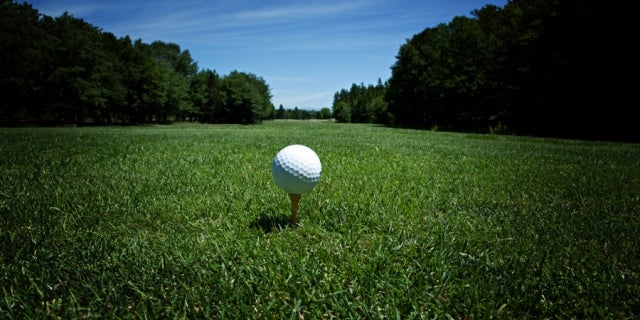Golf like a Pro with Fewer Injuries
There is nothing quite like watching the final pair come down the back nine Sunday afternoon with an unlikely victor about to sink the winning put. From the elusive green jacket Phil Mickleson won in 2004 (clinching his first major championship), to great comebacks as the 1999 U.S Ryder Cup team overcoming a 10-6 deficit going into Sunday and most recently Ben Crane’s St. Jude Classic win – his first since 2011. While it is remarkable to watch the pros play at a level most of us can only dream, we somehow know exactly what they feel like with a taste of victory. “Oh my gosh, it just keeps going," Crane said in a recent interview, while looking at his phone and text messages of congratulations. "How many can a phone hold? This is so much fun."
It draws us out every chance we get to hit the course and try for our own elusive victories – a 20-foot putt, breaking 80 or just hitting the ball solid for 18 holes. It doesn’t always work out. That’s the game of golf, but we keep trying. Though we cannot dedicate the time or resources to perfecting our game as the pros do, we do the best with our technique, work on our shot and fight through the pain of a sore back, shoulders or knees.
Golf injuries affect 15 to 20 percent of golfers. The most common injury – back pain – is often associated with overuse or from occasional recreational golfing using improper technique. Sports medicine experts say the occasional weekend golfer is more likely to sustain an injury than professional golfers. Though it is more common to suffer injuries as we age, there are steps golfers can take to stay injury-free.
Warm Up
While golf appears to be a very low impact exercise, you need to allow your body to warm up before hitting on the driving range or teeing off. Warm up your muscles with a brisk walk or jumping in place. Stretch arms, back and legs for about five minutes. Then, pick up a club and do very slow practice swings, starting off with a small range of motion, and then going into your full swing.
Short Practice to Start
Before tackling a full 18 holes, schedule a few shorter practice sessions at the driving range. Find a balance between working on your swing and allowing your body to build up to your desired level of endurance.
Exercise off the Course
Stay active the days you are not playing golf. Cardiovascular exercise like running or biking can help build up your endurance on the golf course. Also, stretch before you workout to help promote flexibility, which will help alleviate strain on your joints when you play.
Careful with Heavy Gear
Golf bags are not light. When getting your clubs out of the car or putting them on the golf cart, be careful not to strain your back. Remember to use the strength in your legs to when lifting your golf bag.
Get Expert Advice
It is always a good idea to schedule a lesson with a golf professional before trying to learn on your own. They will show you proper technique to help avoid strain to your back, muscles and joints. Also, if you have concerns for existing injuries or pain, talk to your health care provider before risking injuring it further.
Bailey Medical Center is hosting an event Tuesday, June 17 at 5:30 p.m., during which attendees can learn from a Bailey Ranch Golf pro with free golf swing evaluations and learn more about preventing injuries from orthopedic surgeon Dr. Jon Orjala in a following seminar. Click here to register. All attendees will be entered to win a 50” HDTV and round of golf for four at Bailey Ranch Golf Club.

